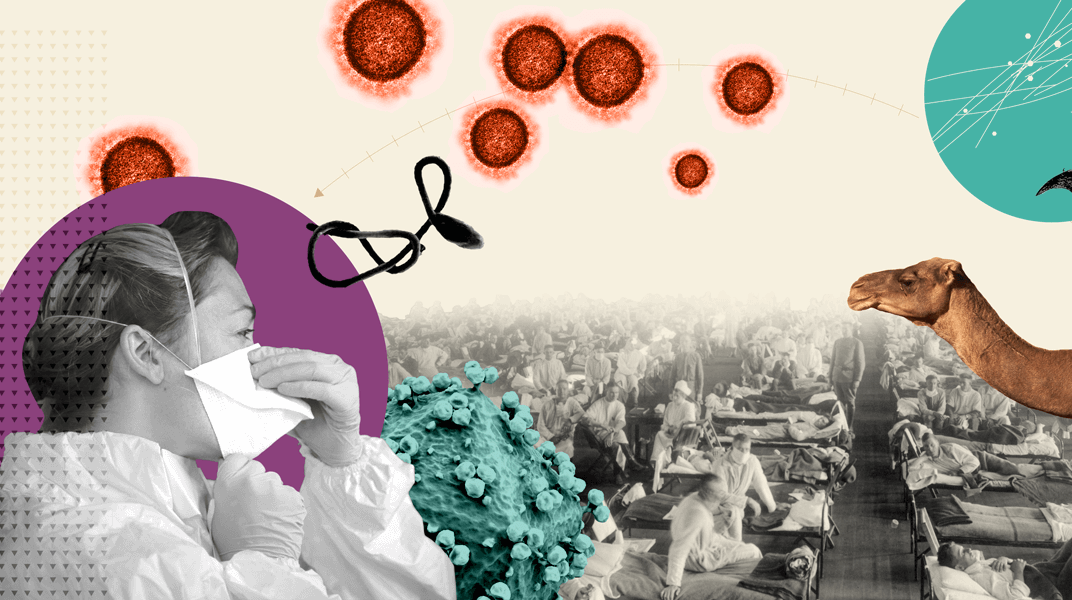How do Viruses Jump Species and Cause New Diseases in Humans?
Viruses can jump species and cause new diseases in humans through a process known as zoonotic transmission. This occurs when a virus that normally infects animals is transmitted to humans, either through direct contact with an infected animal or through the consumption of infected animal products. Once the virus enters the human population, it can spread from person to person and cause a new disease.
One of the most common ways that viruses jump species is through wildlife-human interactions. Wild animals such as bats, birds, and primates can carry a variety of viruses that can be transmitted to humans through direct contact or through the consumption of infected animal products. These interactions can occur in a variety of settings, including in forests, savannas, and wetlands, as well as in urban areas where wildlife and humans come into close proximity.
Another way that viruses can jump species is through domesticated animals such as cows, pigs, and chickens. These animals can act as a reservoir for a variety of viruses that can be transmitted to humans through direct contact or through the consumption of infected animal products. Additionally, viruses can jump from humans to domesticated animals as well.
Once a virus has entered the human population, it can spread from person to person through respiratory droplets, blood, or other bodily fluids. The virus can then cause a new disease in humans. Some of the most well-known zoonotic viruses include HIV, which jumped from chimpanzees to humans, and the virus responsible for COVID-19, which is believed to have jumped from bats to humans through another animal host.
Preventing the emergence of new diseases caused by viruses jumping species requires a multi-disciplinary approach. This includes measures such as reducing human-wildlife interactions, improving hygiene in animal husbandry, strengthening surveillance systems, and increasing awareness among the public and healthcare providers. Additionally, research on identifying the potential source of a virus, and understanding the risk factors for zoonotic transmission is crucial.
In conclusion, viruses can jump species and cause new diseases in humans through the process of zoonotic transmission. This can occur through direct contact with infected animals, or through the consumption of infected animal products. Preventing the emergence of new diseases requires a multi-disciplinary approach, including measures such as reducing human-wildlife interactions, improving hygiene in animal husbandry, strengthening surveillance systems, and increasing awareness.





